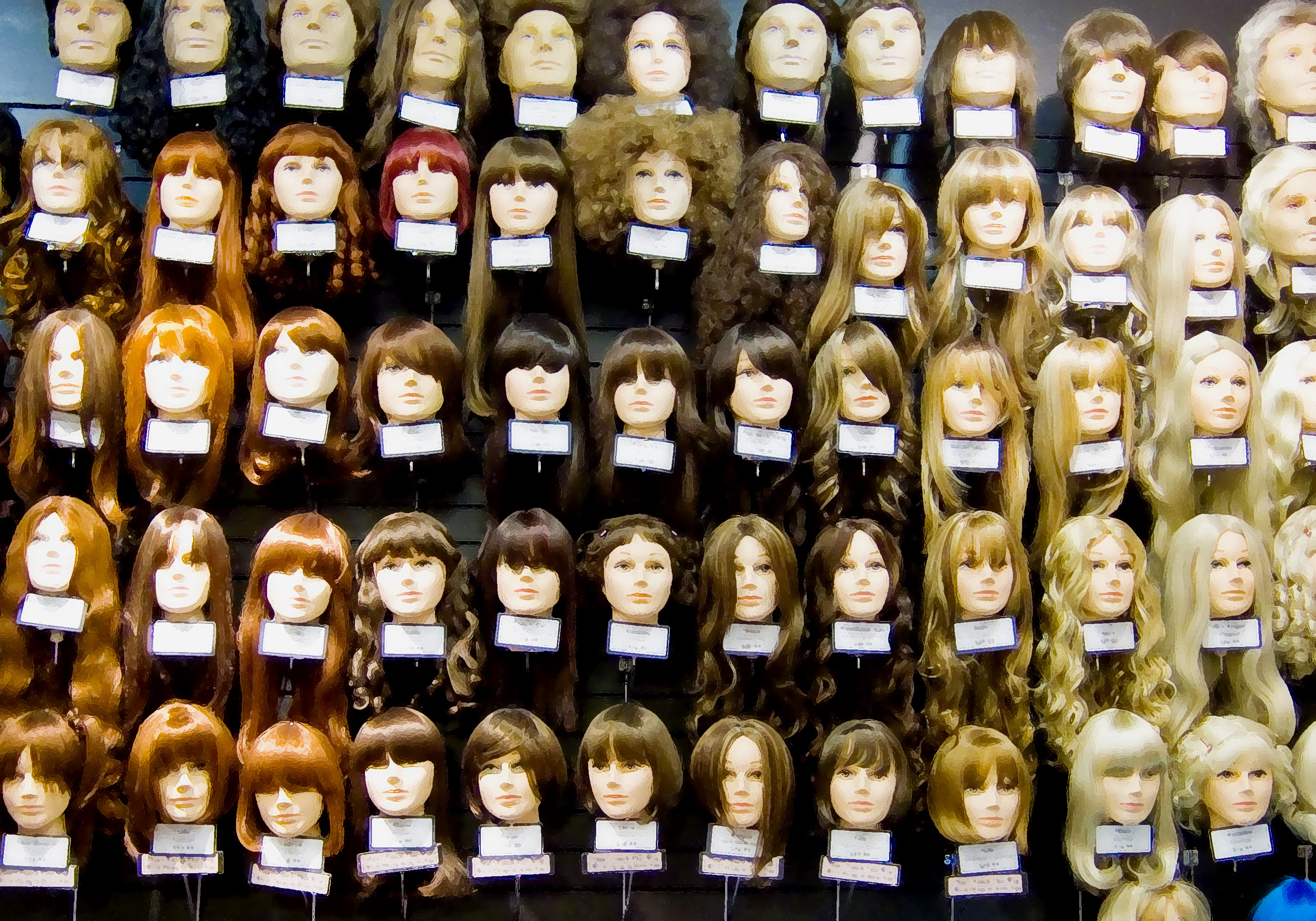Have longer locks than the average person? Consider putting them towards a hairpiece for those less fortunate! Image courtesy of Robert Couse-Baker
By Luke Cross
I haven’t had to pay for or sit through a barber’s visit in the past six months. If that alone isn’t enough to hook your interest, maybe the fact that all my saved time and money will brighten a stranger’s day is enough.
As much as I love my flowing mane, I’m not letting my locks go wild as a fashion statement. An argument could be made for pure laziness on my part, but the original intent of my shaggy-headed journey was more humanitarian.
While sitting in a barber’s chair some months ago, gazing down at the casualties of war between my mop and the stylist, something clicked. Maybe it was the nonprofit emails I had emptied from my spam folder, but I couldn’t help but feel that a quick trim for vanity’s sake is a bit selfish.
There are thousands across the country who have had their hair stolen from them. Though we typically think of male pattern baldness, women’s medical hair loss accounts for 40 percent of U.S. hair loss, according to the American Hair Loss Association.
The devastating effects of chemotherapy may be the first that comes to mind, but origins of medical hair loss are many. Alopecia, malnutrition from eating disorders and severe scarring from burns or assault are just as worthy of our attention.
While the causes of hair loss are undeniably traumatic, the results often have equally significant impact. Hair loss is an outward manifestation of one’s illness — a permanent reminder burdening those affected with the furtive glances of strangers.
Beyond its role as a permanent testament to hardship, hair loss also affects body image and confidence in daily life. Coping with such a drastic change in appearance can easily lead down a road of depression and body dysmorphia.
The average person grows half an inch of hair every month, meaning even the most smooth-scalped among us will reach donation length within two years. This may seem like a daunting wait, but the process requires literally no effort. Just sit back and let your follicles do their thing. You could even put your would-be salon money into a reward for your selflessness.
I would recommend Locks of Love, a prevalent nonprofit. Their set minimum length is 10 inches of unbleached hair without noticeable graying to provide for children. Locks of Love has, however, been accused of selling a portion of the hair received. While this is true, there is a misconception: the money made from auctioned off hair is used to cover wig manufacturing costs and the hair is often bleached or gray samples.
If you’re still put off by the selling aspect of Locks of Love, Wigs for Kids may be a better option. This fellow nonprofit has a longer minimum length of 12 inches, but claims no donations are sold.
Lastly, if you feel more inclined to aid the older population, Procter & Gamble partnered with the American Cancer Society to establish Pantene Beautiful Lengths. The program, while not a nonprofit, is still reputable as a primary distributor of free wigs to women undergoing cancer treatment and requires a minimum of eight inch hair length for donation.
All three options use the same method of donation: the hair is dried completely, bound tightly into a ponytail with a few rubber bands or hair ties, and shipped to the relevant address on each organization’s website. Some salons will perform the chop at a discount, and Wigs for Kids offers a search function to find partnered salons.
I understand that not all of us are in a position to donate. Strict workplace dress codes, recent bleaching and graying aren’t uncommon for the average head of hair. But, if you have a little extra length decorating your dome, why not turn the barbers chair into a means for good?



